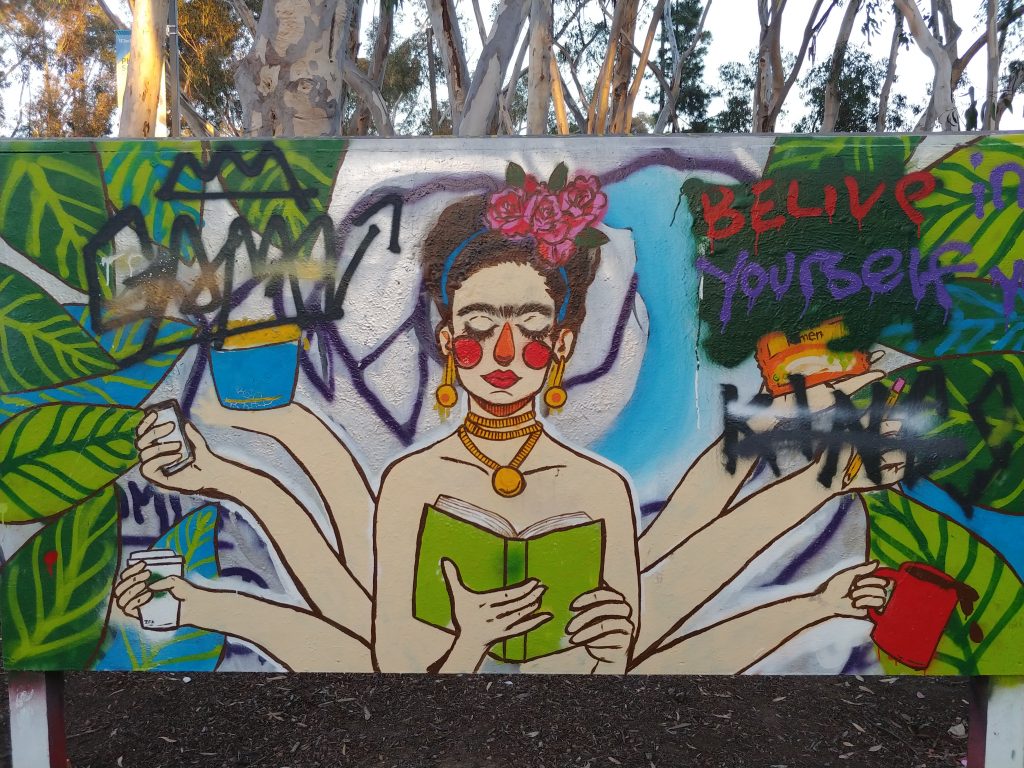
Calvin and Hobbes comics are usually short and sweet, and either in color or black and white. For works of art that seems so simple at first glance, it’s a wonder how Bill Watterson mangaed to fit in such profound pieces of life advice/philosophical dilemnas within them. This comic in particluar is only four panels with no color. The comic is aesthetically pleasing to those who appreciate the minimalist line art and exaggerated expressions, and is fit with a sense of nostalgia for others who grew up reading Calvin and Hobbes comics.
Yet, with only one exchange in dialogue and two extra panels of silence, the comic speaks volumes. It gives us a simple message that questions the morality of keeping creatures in capitivity. In most cases, whether it be children or entire ogranizations who are looking for a profit, when humans see something they consider beautiful or interesting, they feel the need to keep it somewhere they can look at it whenever they want to. Children who capture insects or uproot plants from their habitats do so because they don’t know any better. When Hobbes implies to Calvin that keeping his newly captured butterfly is morally wrong, Calvin lets it go. Despite this, there are plenty of older people who keep beautiful things in captivity for their own gain.
Again, the message here is simple. If a child can understand the consequences of keeping beautiful things in captivity, why don’t we all follow Calvin’s lead?

